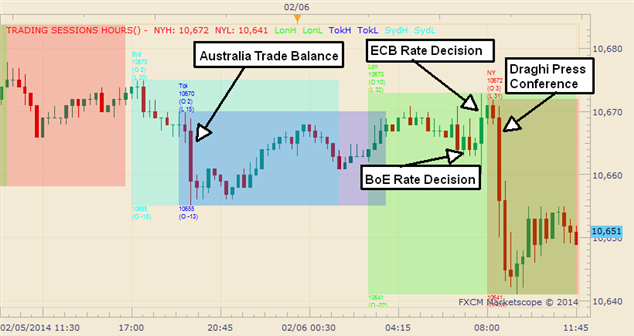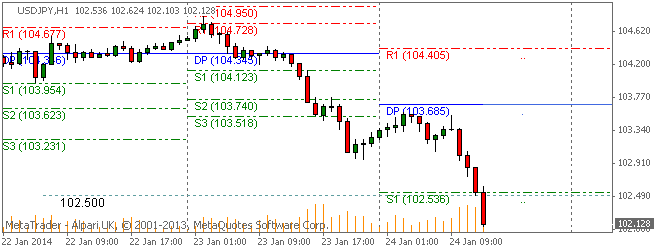The US Dollar Falls Against Euro
Post on: 20 Май, 2015 No Comment

Posted November 23, 2009
The U.S. dollar fell against the euro as it appears more likely the low interest rates will continue well into 2010. The Mexican labor market seems to be stabilizing and that could benefit the peso. Brazil continues to deal with a strong real. China is faced with difficult decisions concerning the value of the yuan.
The dollar strengthened through the weekend only to fall by Sunday night New York time against the euro. The weakening came as the U.S. Federal Bank of St. Louis president, James Bullard, said he believes the Federal Reserve Bank should continue its mortgage-backed security program. This is an economic stimulus plan and it now looks like it will be continued well into 2010.
The zero to .25 percent interest rates in the U.S. mean investors must search elsewhere to find profits. In addition, commodity prices, including gold and silver, continue to trend upward.
The U.S. dollar weakened to $1.4899 against the euro and against the Australian dollar to 91.79 US cents.
The yen strengthened against the U.S. dollar to 88.93 yen per dollar. It weakened against the euro early morning Tokyo time on Monday to 132.50 yen per euro.
The currency markets were very quiet over the weekend without much movement. This week there is some key data being issued that investors will be watching carefully. This is especially true for Latin American countries including Mexico, Brazil, and Columbia.
Mexico has been struggling to overcome a 2010 budget deficit and stave off a potential credit rating downgrade by Standard and Poor’s. The Mexican peso is currently at 13.0137 pesos per U.S. dollar.

Mexico’s central bank policy makers meet this week and will most likely leave interest rates at their current rates. The September retail sales figures will be reported today and the expectation is they will show a decline of 3.5 percent which is less than the prior month’s decline of 5.5 percent. The October unemployment rate could show a decline to 6.2 percent as the labor markets begin to stabilize.
On other Latin American fronts, the Brazilian unemployment rate also has fallen slightly for October to 7.5 percent. The Brazilian peso is at 1.72462 reais per U.S. dollar. Brazil has been addressing the strong peso but current efforts to halt the rise have not worked.
The central bank of Columbia also meets this week. There’s speculation the interest rates could be reduced once again to stimulate the economy. The Columbian peso is at 1,972.50 pesos per U.S. dollar.
China is under international pressure to allow the yuan to strengthen against the U.S. dollar. The yuan has hovered around 6.83105 yuan per U.S. over the last year. But China has not agreed to do so over concern a falling currency could negatively impact its 2010 GDP growth rate. Current projections are for an 8.5 percent expansion in 2010.
The yuan is widely seen as undervalued and creating trade imbalances. As the U.S. dollar weakens, holding the yuan at its current exchange rates could cause the yuan to strengthen significantly against the euro.














